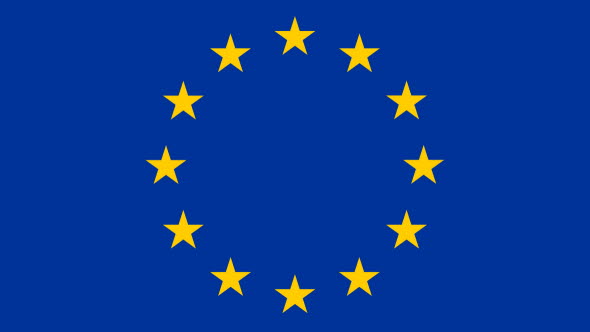A mixed situation as central banks show their true colours


You need to use a different browser. To be able to use our internet services, you can instead use one of these browsers: Apple Safari, Google Chrome, Microsoft Edge or Mozilla Firefox.
What are the findings in the latest issue of Nordic Outlook? Here you find our economists' in-depth theme articles and analysis of trends. So far in 2024, the growth outlook has improved a bit. The US has again reported surprisingly strong growth, but also worrisome inflation setbacks. The inflation downtrend is alive but unstable, persuading central banks to wait longer and cut key rates more slowly. In a deteriorating geopolitical situation with constant new military, political and economic conflicts, the world remains unpredictable.

The EU is in a clean technology race with China and the US focusing on climate mitigation, energy security and competitiveness. Plans will probably lead to a paradigm shift in EU policy towards more governmental intervention and joint subsidies.

During June 6−9, 2024 the European Union’s 27 member states will elect a new European Parliament. Many important issues are at stake, and there may be obstacles along the way that could have both economic and political effects.

Continued economic resilience. The Fed is holding off because of inflation reversals, but a cooler labour market and gradually slower inflation will persuade the Fed to cut rates in September.

Lower inflation and ECB interest rate cuts this year will be essential if consumption and capital spending are to accelerate in the second half of 2024. The labour market is showing signs of weakening.

Policymakers need to ramp up monetary and fiscal stimulus to meet ambitious growth targets. The PBoC is likely to hold its key rate constant throughout our forecast period.

Rapidly falling inflation will pave the way for a clear shift in both fiscal and monetary policy − and a strong recovery in growth during 2025. The Riksbank will cut its policy rate in May.
